Read the Hyundai Elite i20 review, road test from Autocar India; The quintessential Indian premium hatchback moves a generation ahead. Here's how it scores on our road test.
Under the hood, you will find a pair of familiar motors, albeit with some mild tweaks. Starting with the 1.4-litre diesel mill, power and torque figures remain identical with 89bhp and 22.4kgm. Power is channelled via the same six-speed manual gearbox, but ratios on the third, fourth and sixth gears have been shortened to improve driveability.
Thumb the engine start button and it’s remarkable how quietly this oil burner idles – it’s easily the most refined unit in the segment with very little clatter. The clutch is light and the gearbox doesn’t take much effort either. On paper, peak torque comes in at a low 1,750rpm but on the road, there’s a bit of lag and the engine hits its best only after 1,900rpm. However, off-boost power isn’t too bad, and unless you really want to make that amber light, it won’t warrant many downshifts. When the roads open up, the sufficiently powerful mid-range means as long as you are not in sixth gear, it’s easy to overtake cars at typical highway speeds. However, while the final cog doesn’t help you gather pace quickly, it’s a great cruising tool that keeps the engine spinning at just about 2,000rpm at 100kph; great for stretching your fuel tank. As for numbers, 100kph comes up in a quick 12.85 seconds (similar to the old car), but the shorter ratios mean in-gear acceleration has improved significantly. In fourth gear, 40-100kph takes 13.84 seconds, that’s over two seconds quicker than before.
Apart from the reasonably light clutch and slick gearbox (of which the petrol variant gets five speeds instead of six), the 1.2-litre, 82bhp petrol i20 drives very differently from the diesel i20. The old i20’s petrol motor wasn’t very responsive at low speeds and Hyundai has tweaked the ECU to try and set that right. At lower speeds, the engine does feel a bit more responsive, but it’s still far from the segment best. With five on board, you have to weigh down on the throttle pedal while taking off, as the feeble bottom end makes the engine prone to stalling. Ambling around in the city, the i20 has passable responses to part-throttle inputs, but when you floor the throttle, it doesn’t respond with the commensurate urgency.
Revving the motor past 3,000 does improve things a bit, but the electric car-like flat torque curve (without the electric car-like quick response) makes even spinning the engine fast an unexciting exercise. On paper, the 11.7kgm of torque doesn’t look too great and that translates to a similar feeling on the road. Putting the petrol i20’s performance in perspective, 100kph comes up in a leisurely 15.71 seconds, but the in-gear times are in line with the competition. The fact is that the i20 feels a bit out of its comfort zone on the highways and more at home on a city run.
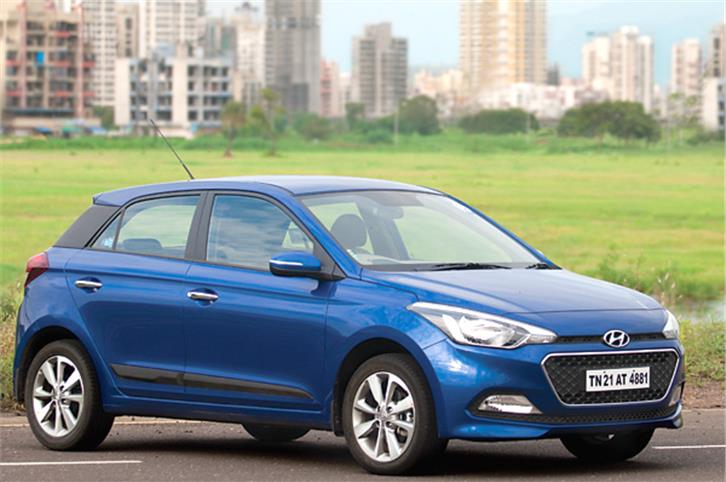
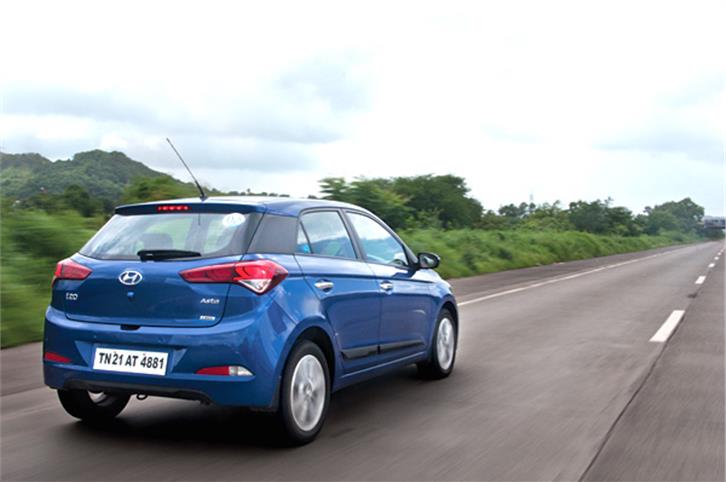
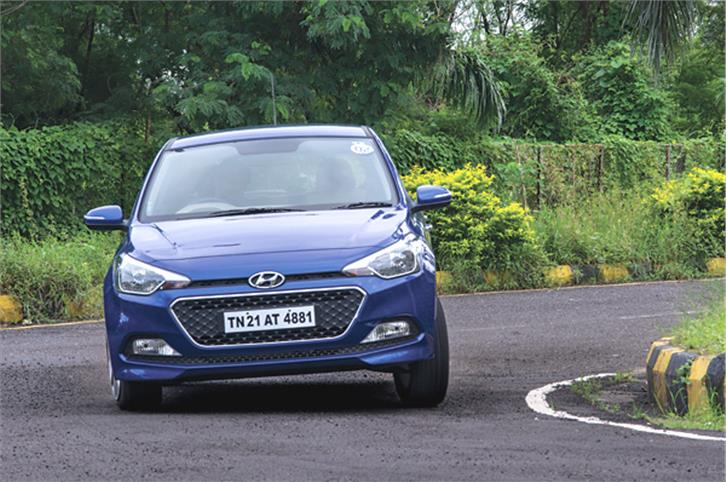


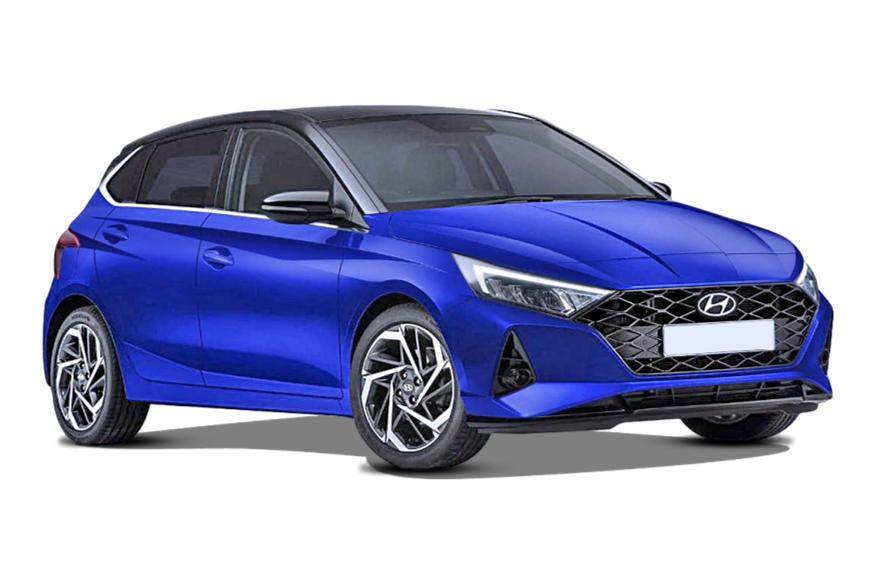
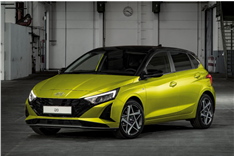


Comments
Member Login
Personal Details
No comments yet. Be the first to comment.